100 Years Ago: Helping Those Who Served During World War I
Every Veterans Day, November 11, we honor those who serve our country. The commemoration originally began as Armistice Day to recognize the end of World War I in 1918. Johnson & Johnson has honored and supported those who serve since the Spanish American War in 1898. Here are two stories from a century ago – supporting an employee during his service, and helping returning veterans in the community -- that echo our continuing support today.
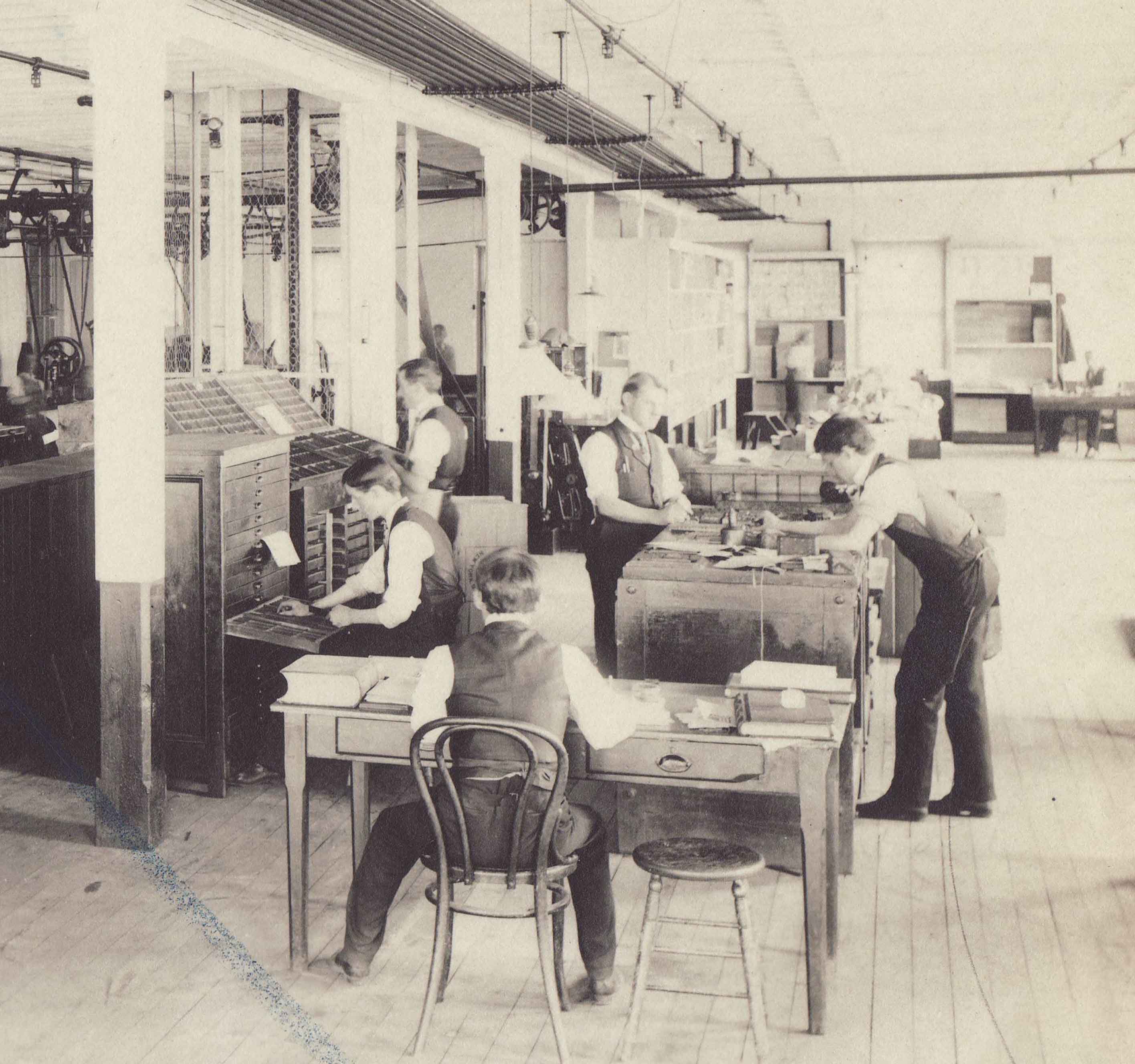
Walter C--- was a young employee who joined Johnson & Johnson in 1914 and worked in the company’s Printing Department. Walter and his colleagues were responsible for printing publications like The Red Cross Messenger, product labels, and the company’s beautiful in-store ads for retail pharmacies. In November of 1917, after the United States entered World War I, Walter joined the infantry. After training in New Jersey and North Carolina, he shipped out to France at the beginning of 1918. Walter wrote many letters back to his friends at Johnson & Johnson during his training and from France, and his coworkers wrote back to him and sent him care packages with the latest news from home and items like soap and shaving cream – which were very difficult for soldiers to get in the trenches. After the final part of his training in France was complete, Walter was sent to the front at Chateau Thierry, where he fought in the second Battle of the Marne on July 15, 1918. After that battle, Johnson & Johnson received alarming news: Walter C--- was missing.
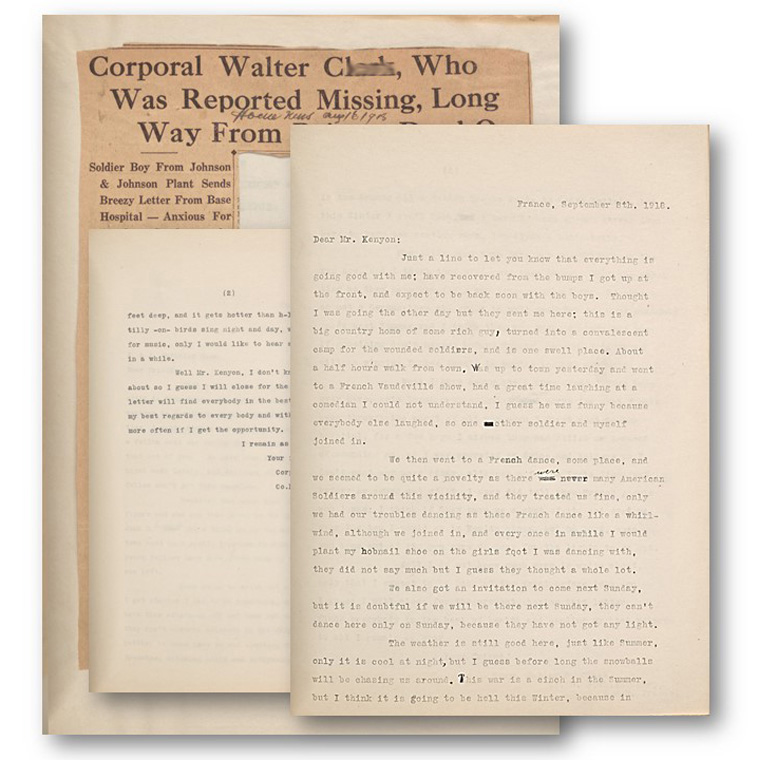
According to the New Brunswick Daily Home News, the news caused an atmosphere of gloom to descend on Johnson & Johnson as the company anxiously awaited more news from France. Walter was popular and well-liked, and his colleagues were frantic with worry. Almost two weeks later, the gloom changed to elation when a postcard from Walter arrived letting his supervisor and coworkers know that he was fine. “Dear Friends: Just a line to let you know that I am well, although I got hit in the side with a piece of shrapnel…Hoping all is well with everybody and sending my best regards to all.” [New Brunswick Home News article, August 16, 1918, Johnson & Johnson Archives] The Home News article went on to say that the company’s printing department was “about the happiest bunch in New Brunswick” upon receiving the news that their friend was safe.
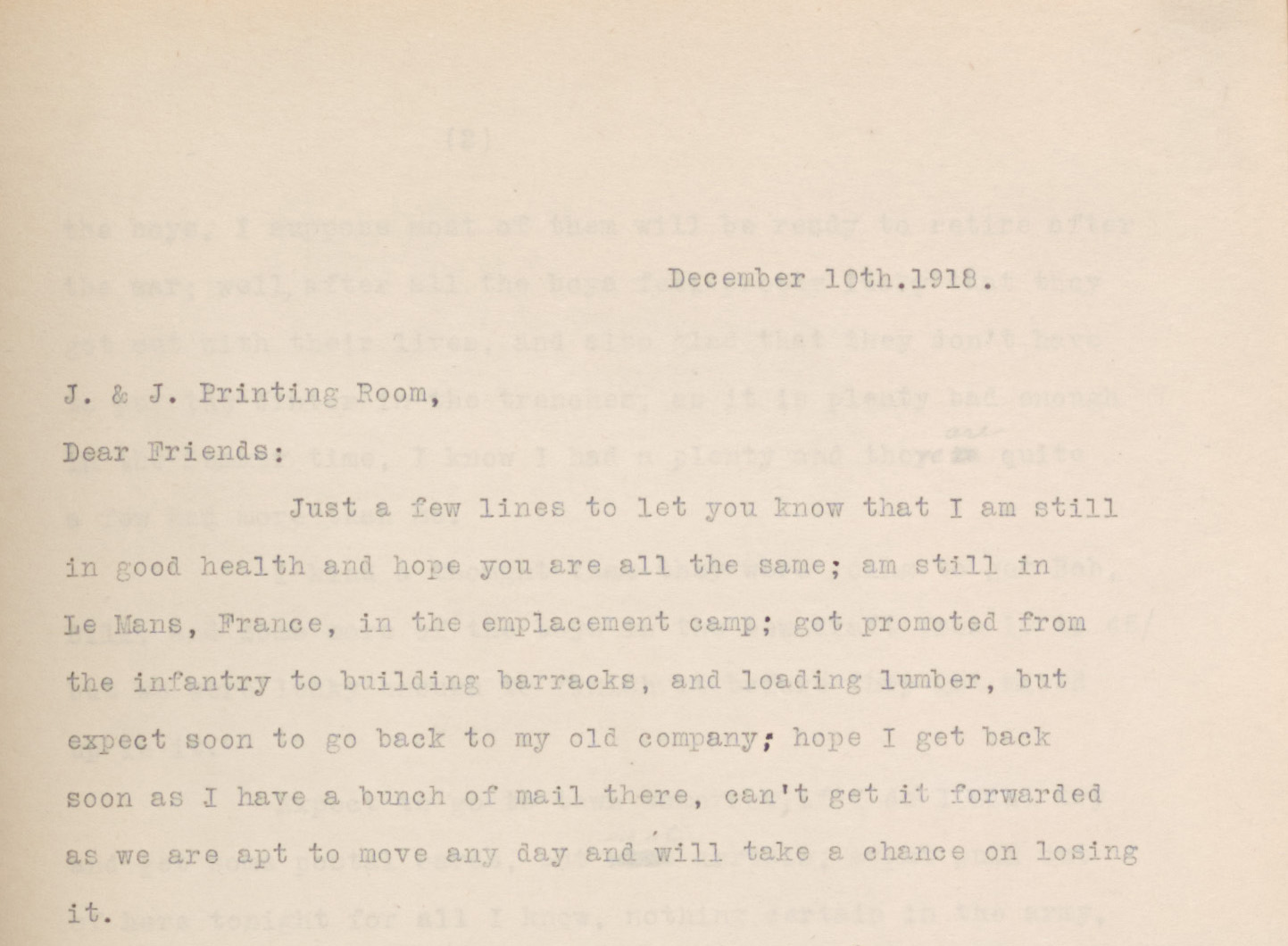
Walter returned to active duty in the trenches, safely coming through the Meusse-Argonne offensive, a massive campaign that involved more than a million American soldiers, and the deadliest campaign in American history, resulting in the loss of over 26,000 enlisted men. Walter continued to write to his friends and colleagues, grateful for the constant flow of letters that helped him feel part of what was happening back at Johnson & Johnson until finally, on April 30, 1919 – eleven days after he was discharged from the military – Walter reported back to work and resumed his duties in the company’s Printing Department. Today, Johnson & Johnson continues that heritage of support.
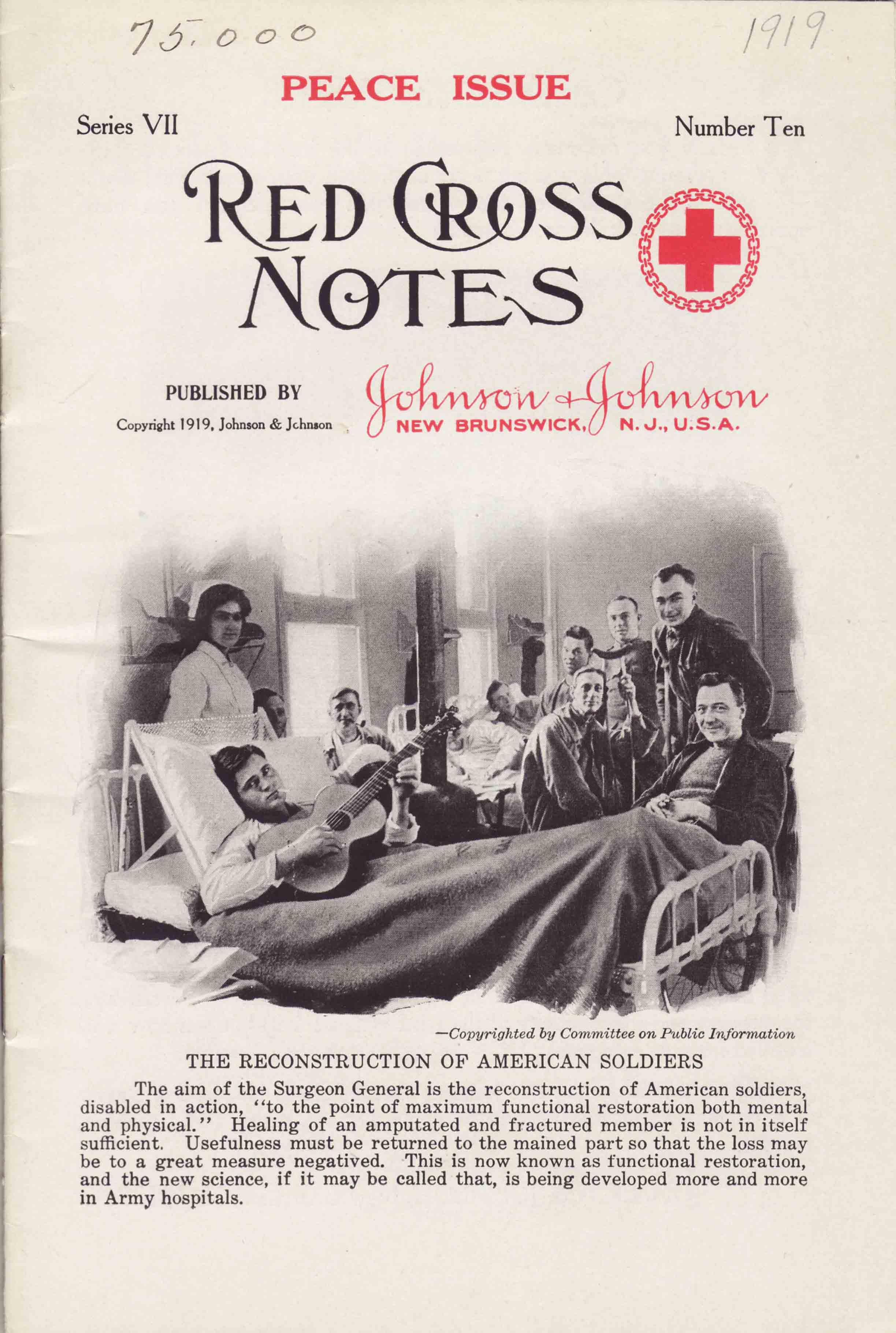
In 1918, with increasing numbers of wounded soldiers returning to the United States from field hospitals in Europe, a series of specialized U.S. Army hospitals were built in the U.S. to treat and rehabilitate the wounded. One of those newly-created hospitals was in Colonia, New Jersey; it grew to encompass 110 buildings on 200 acres, with approximately 2,000 beds. The hospital in Colonia used lifesaving medical innovations (including the Carrel-Dakin sterile wound treatment system, mass-produced by Johnson & Johnson), as well as employing less traditional methods such as the teaching of dance – a way to help recovering veterans regain physical balance and practice social skills as part of their reintegration into civilian society. Naturally, women employees in the company’s Laurel Club, whose charter included a mission to help the community, volunteered to help. In 1919, Laurel Club members regularly brought groups of recovering veterans from the Colonia hospital to Johnson & Johnson for dinners, dancing and game nights.
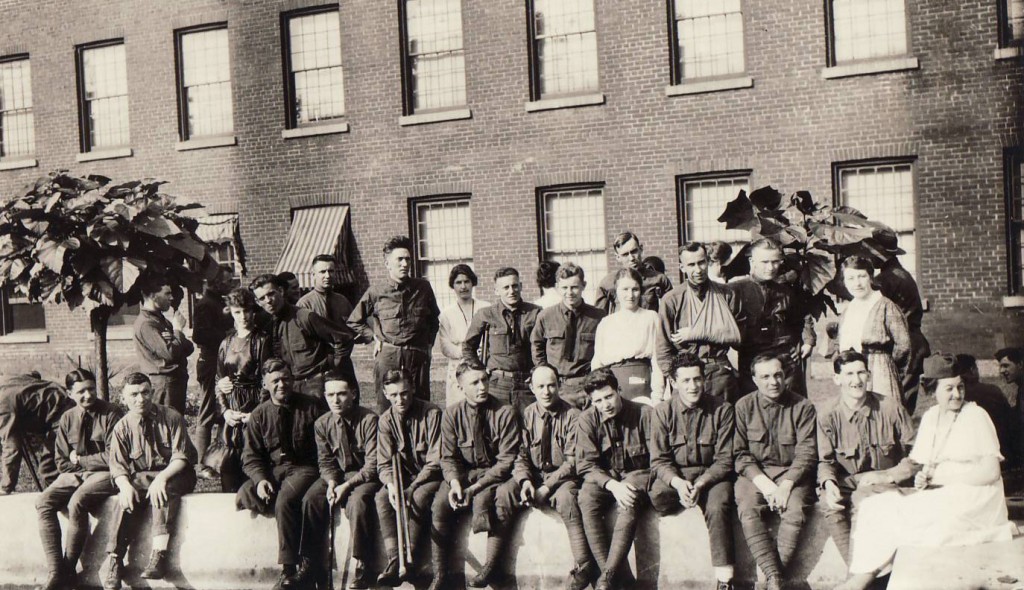
The February 3, 1919 edition of the Daily Home News covered the Laurel Club’s volunteer activities, stating “The members of the Laurel Club, a local organization with a ‘heart,’ have shown that they are to be depended upon for every good cause which their means can compass, by entertaining a detachment of wounded soldiers from the U.S. base hospital at Colonia.” [New Brunswick Daily Home News, “Laurel Club and Soldiers, Monday, February 3, 1919, courtesy of the New Brunswick Free Public Library.]
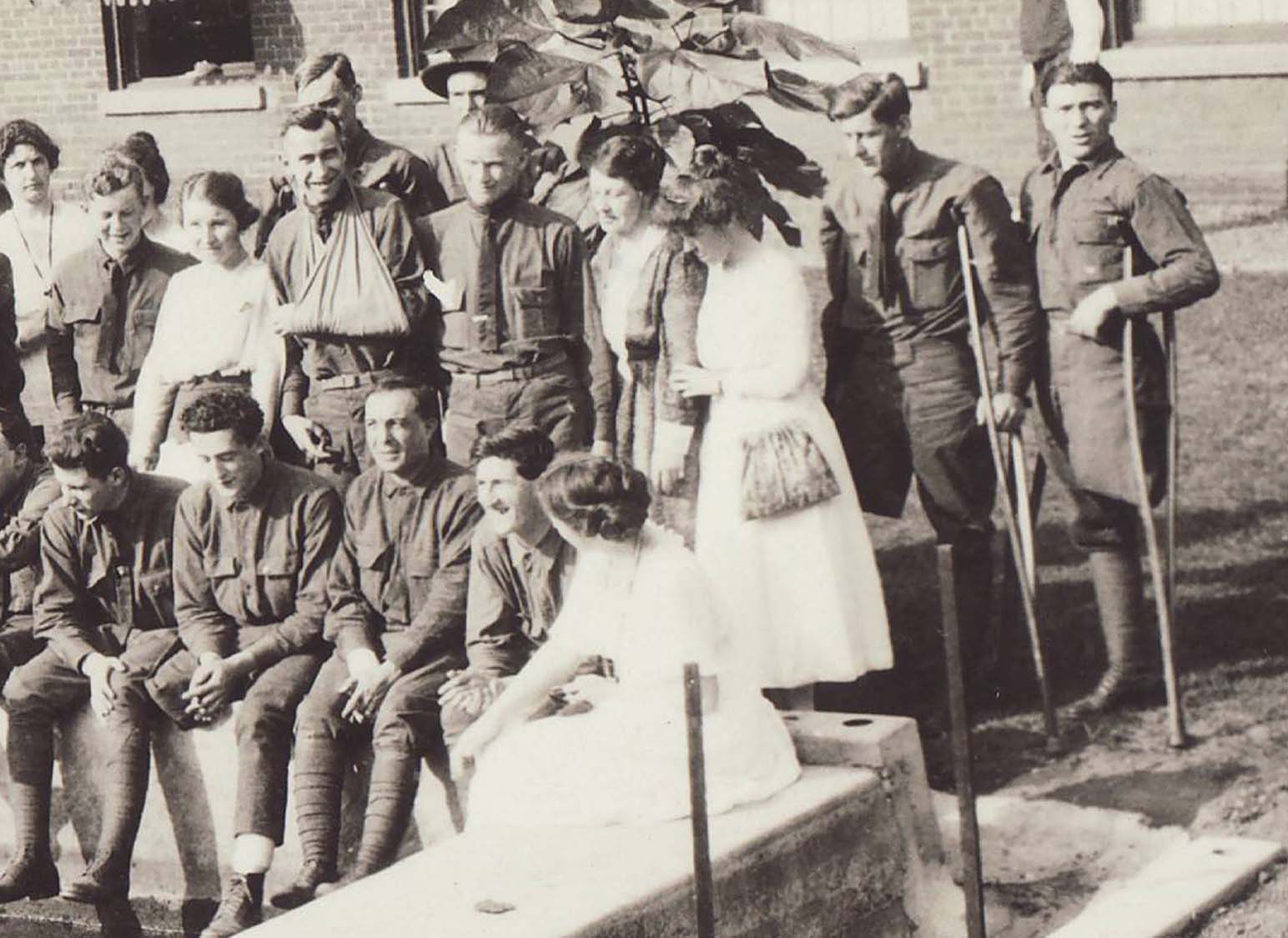
On March 6, a group of 29 veterans enjoyed a day at the theater New Brunswick, and then dinner at the Laurel Club headquarters and an evening of singing and dancing. (The musicians for the dance were Johnson & Johnson employees!) By early April, the newspaper noted that the Laurel Club had already hosted three groups of veterans.
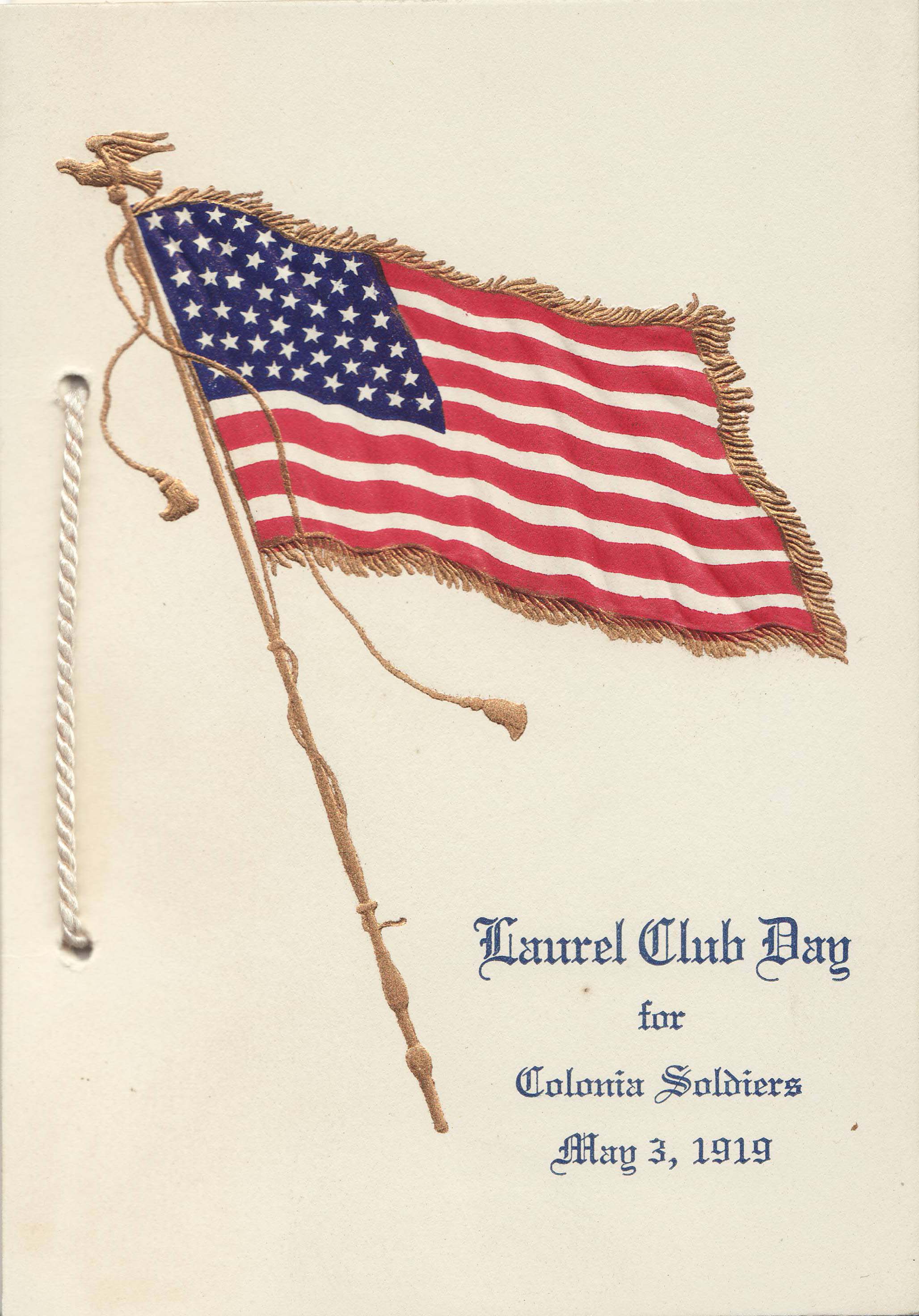
On Saturday, May 3, 1919, the women of the Laurel Club volunteered to help yet another group from Colonia, with the same type of dinner and dancing event, as well as a game night. For wounded veterans, confined to a hospital while they recovered, the trips to the Laurel Club and the dancing not only helped them regain balance and movement, they also provided welcome and much-needed community support from employees at Johnson & Johnson. Today, roughly a century later, the company continues its support with initiatives such as No Veteran Left Behind, a partnership with the VA to help veterans and service members in crisis.
The company’s founders -- the younger brothers of veterans -- understood the need to support those who serve. More than 130 years after the company’s founding, Johnson & Johnson is proud to continue that tradition.
